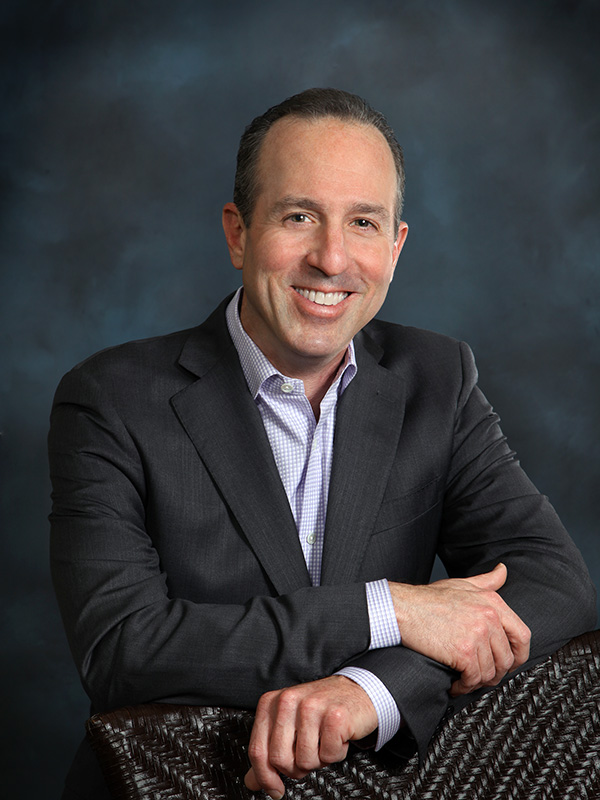ACL Cyclops Lesion Specialist

Are you experiencing limited range of motion following ACL surgery? If so, you may have developed cyclops lesions, which is a form of anterior arthrofibrosis where a localized scar nodule develops. ACL cyclops lesion treatment specialist, Dr. Mark Getelman provides diagnosis and both surgical and nonsurgical treatment options for patients in Los Angeles who have developed ACL cyclops lesions. Contact Dr. Getelman’s team today!
Knee Surgeon Discusses Limitation of Range of Motion (ROM) Following ACL Reconstruction from a Cyclops Lesion
Anterior cruciate ligament (ACL) injuries are quite common in athletic activities requiring sudden stops and changes in direction, such as football, basketball, tennis and skiing. In many cases, an ACL reconstruction is required to repair the damaged ligament and to return knee function and stability. Most patients have an uncomplicated recovery after surgery but some patients struggle to restore their ROM. Cyclops lesions, a form of anterior arthrofibrosis where a localized scar nodule develops, are rare but can occur after a reconstruction following ACL surgery. Cyclops lesions are located just above the tibial tunnel and cause loss of knee range of motion with a mechanical block that restricts getting the leg completely straight following surgery. Van Nuys, Westlake Village, Thousand Oaks and Los Angeles, California orthopedic knee surgeon, Dr. Mark Getelman is highly trained and experienced at diagnosing and treating the limitation of range of motion post ACL reconstruction from a cyclops lesion.
Following ACL surgery recovery, loss of knee range of motion can become debilitating in certain patients. Patients are encouraged to contact Dr. Getelman if they experience loss of motion that does not recover with PT determine if cyclops lesions are present.
Cyclops lesions have been reported to occur in about 4% of ACL reconstruction patients. Cyclops lesions are located in the anterior aspect of the intercondylar notch, which is just above the tibial tunnel. When the knee is place into a straight leg position or extension, the nodule becomes impinged between the ACL graft and the femur and tibia. The impingement leads to limitation of the range of motion particularly in extension.
Physical therapy and other conservative treatment options rarely improve the ROM and symptoms in patients who develop a significant cyclops lesion. A surgical procedure is necessary in many cases to increase the knee’s range of motion. Dr. Getelman recommends a minimally invasive arthroscopic debridement to remove the cyclops lesion that is causing the issue. In some cases the Cyclops lesion is associated with global arthrofibrosis and in rare cases more extensive surgery is required.
Limitation of Range of Motion Post ACL Reconstruction from a Cyclops Lesion Repair Protocols
Patients undergoing arthroscopic debridement to remove a cyclops lesion will be required to engage in a physical therapy program immediately following surgery. The physical therapy program will be prescribed by Dr. Getelman to restore full knee range of motion and then allow quadriceps strengthening to stabilize and support the knee joint. Completing the physical therapy program is essential for recovery.
For more information on limited knee range of motion during or following ACL surgery recovery, please contact the Van Nuys and Westlake Village, California orthopedic office of knee surgeon Dr. Mark Getelman. He will be able to determine if limitation of range of motion post ACL reconstruction from a cyclops lesion is present.
